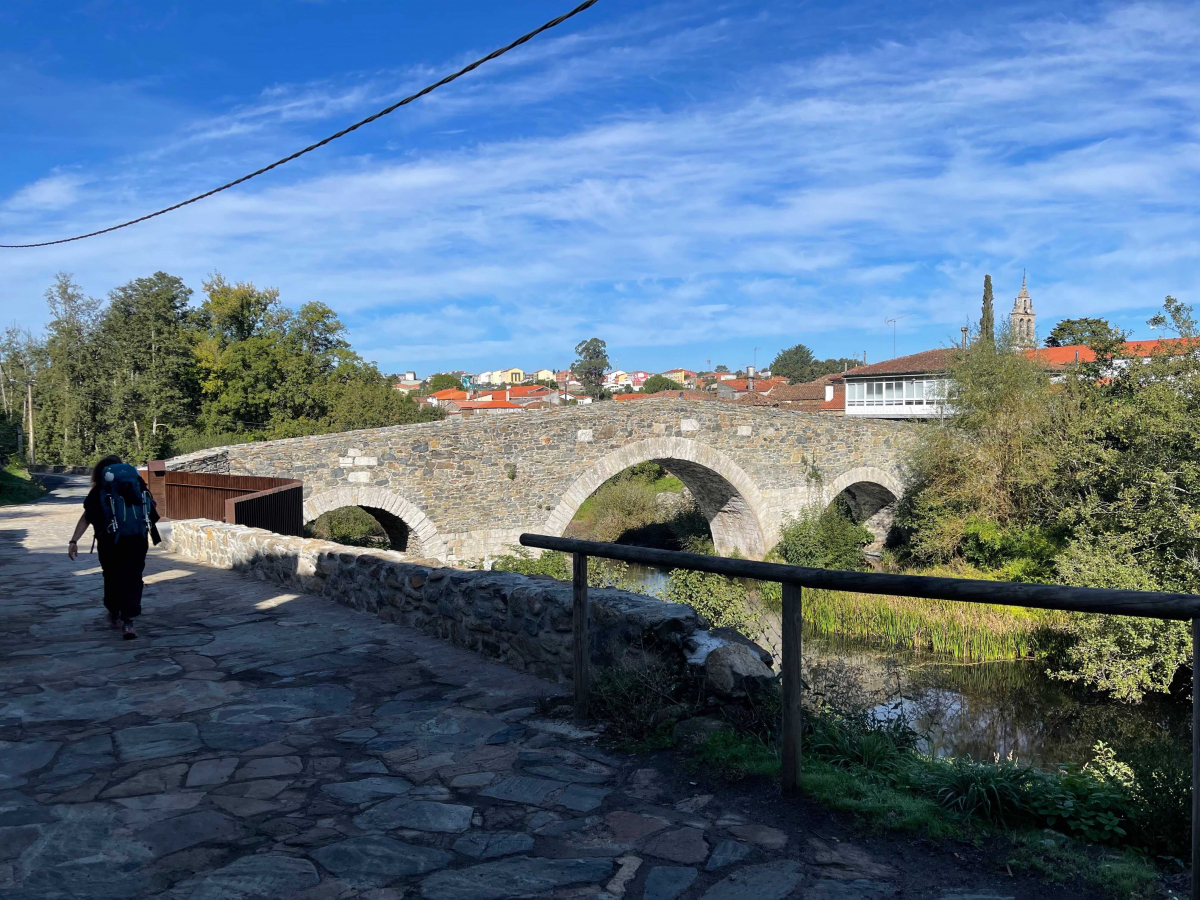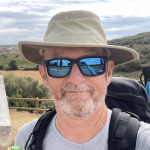In today's world, we are faced with an overwhelming number of choices and options. This abundance of options can be both exciting and paralyzing, especially for those of us who struggle with FOMO, or fear of missing out. It's the fear that if we choose one thing, we'll miss out on the potential benefits of all the other things we could have chosen. This fear can be overwhelming, leading to indecision, anxiety, and a sense of being stuck or trapped.
However, making deliberate choices and taking decisive action is essential to achieving our goals and realizing our potential.
The transformative journey mapped out in the Game of the Goose, (El Juego de la Oca), is believed to be a conceptual map that helped pilgrims who could not read overcome the obstacles both physical, mental and spiritual on their pilgrimage to Santiago de compostela, known as the Camino de Santiago.
This game can still provide a powerful metaphor for many of life's transformative journeys. The bridge square on the game of the goose board can represent a test or challenge for the pilgrim, and making the decision to cross it can be seen as a symbol of commitment to the journey, to the path ahead and reaching the destination in Santiago.
In olden times, bridges were dangerous choke points where robbers and bandits would attack pilgrims as they approached, and often, the local municipality required excessive tolls to cross.
Today, the bridge might be seen as marker that a risky decision must be made. It's another symbol for the thresholds that we all have to cross from the comfortable to the uncomfortable, from the known to the unknown.
Burning that bridge after crossing is a fitting metaphor for making those choices that have no turning back. The pilgrims on the Camino de Santiago have to cross many such bridges, and in doing so, they were forced to face their fears, take risks, and commit to their journey. Often the Knights Templar or the Cult of Saint James were stationed by royalty to protect the pilgrims along the Way. The kings and Queens of Spain built bridges and stationed troops along the Way in service to their faith, but also to protect the commerce routes and the support the economies of the villages and cities along the Camino to Santiago.
The first step in committing to a path is to recognize that having too many options can be overwhelming and counterproductive. It's important to prioritize and focus on one thing at a time. Once you've identified your top priority, it's important to commit to it fully. This means saying no to all other options and shutting down any distractions that may pull you away from your chosen path.
Of course, making a commitment can be scary and uncomfortable, especially if it means leaving behind familiar patterns and venturing into the unknown. But it's through this process of letting go and committing to a new path that we can gain clarity and see the way forward with greater clarity.
In the words of George Strait's song, "By the Light of a Burning Bridge," "once you get your courage up, you light a match, and your eyes adjust... it's amazing what a man can see by the light of a burning bridge."
Burning that bridge in your mind figuratively and saying No to other options can be a powerful symbol of your commitment to transformation, and it speaks to the importance of making deliberate choices and taking bold action in order to achieve our goals and realize our potential.
In summary, shutting down FOMO, making a decision, and committing to that decision requires prioritizing, focusing on one thing at a time, and saying no to distractions. It also requires taking action and making progress toward your chosen goal. It may be uncomfortable, but it's through this process of letting go and committing to a new path that we can gain clarity to see our way forward with fresh eyes.



